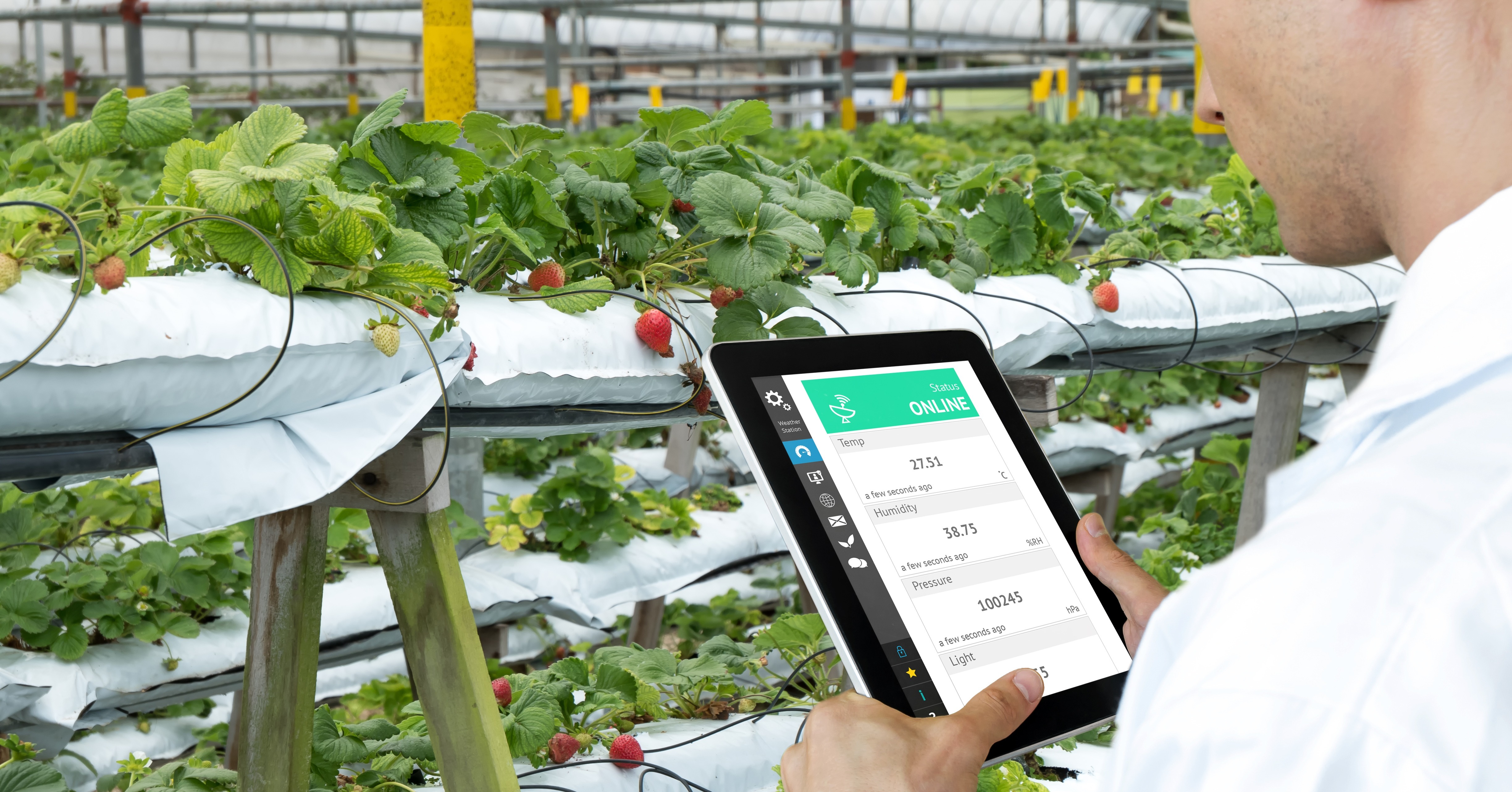The challenges of food waste
It’s found that one third of food produced globally goes to waste, as well as 1.6 million tonnes of waste coming from food manufacturers in 2021 from the UK alone. There are also issues with the ways consumers buy foods, where Andrew mentions that like most shoppers, he looks for the best use-by and display until dates when he does his weekly shops to prolong the life of his purchases.
This creates a challenge for tackling food waste as it results in either:
- Food being thrown away by the store if it goes past the dates marked on the labels
- Consumers not using the food they already have in their fridges/cupboards
There’s a lack of education about how food should be stored to prolong its shelf life
With food manufacturers, when creating the dates their food products need to be eaten by, they’ll carry out testing in environments set at zero degrees, then give a couple of days leeway for consumption.

We as consumers can maximise the life of our products by storing it properly. When we think of items like raw and cooked meat for example, by knowing how to best keep it fresh, it can be consumed past the use-by date.
Products that could have best before labels on them are being wasted
Food ranges such as dairy can be used past its expiry date, however, supermarkets are only just starting to change their labels on items like milk from ‘use-by’ to ‘best-before’. An example we use is Morrisons, who are tweaking their labels to help prevent millions of pints from being thrown away. This shows there’s still a long way to go for the food industry to stop this kind of waste from happening, and the need for more consumer awareness around the issues of food waste.
Waste from production lines
When dealing with natural products, they’re all unique compared to raw materials in manufacturing, for instance. A lot of suppliers are tied down to tight specifications, especially when it comes to quality control, which results in a substantial amount of waste. By using products that have grown differently per se, such as wonky fruit and veg, you should be finding new ways to incorporate these items into your product lines to help reduce food waste.

How can you reduce the waste you’re producing?
Here, we explore some of the key food waste reduction strategies for your organisation to take on board:
- Acknowledge the waste you’re producing – if you can use at least one of the four R’s (Reduce, Reuse, Recycle, Recover), this will help drive you to diversify your product ranges
- Gain improved visibility over your production line – with full visibility, you’ll be able to understand how many materials you’re using, wasting and how you can reuse products for better forecasting. One way you can gain visibility is through implementing automation techniques within your supply chain
- Improve the packaging of products – the industry is moving away from single use plastic packaging due to environmental issues such as gases produced by landfills, which means you should be looking at more sustainable alternatives like recyclable packaging
- Identify where the key issues are – Chris talks about how Carlsberg were able to reduce waste by identifying a major issue within their processes. By looking at each of your individual process as they happen, you can pinpoint and fix a problem area of your production to help reduce waste
- Look towards using the right ERP system – you can implement this within your supply chain to gain better visibility and traceability, however, it’s important you use the right one for your organisation. For example, food companies can’t use standard ERP as it lacks key features such as lot traceability and labelling requirements. If you can’t capture the right information, you can’t report and build upon it

Our guide looks at what’s in store for the future of the food industry. It explores topics such as the top consumer and process trends so you can ensure your food business stays relevant, agile and resilient to any changes in the sector.
Get your copy today by clicking the button below.

